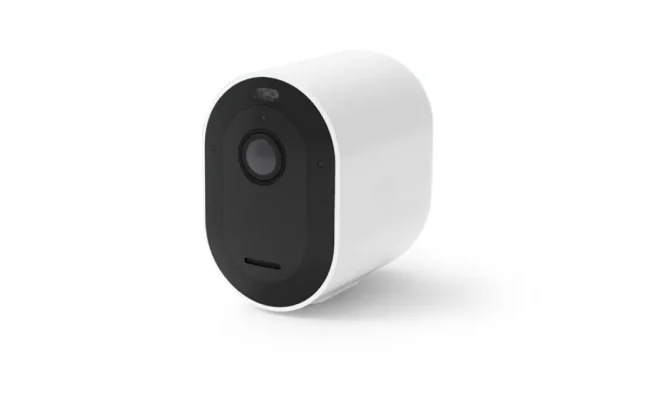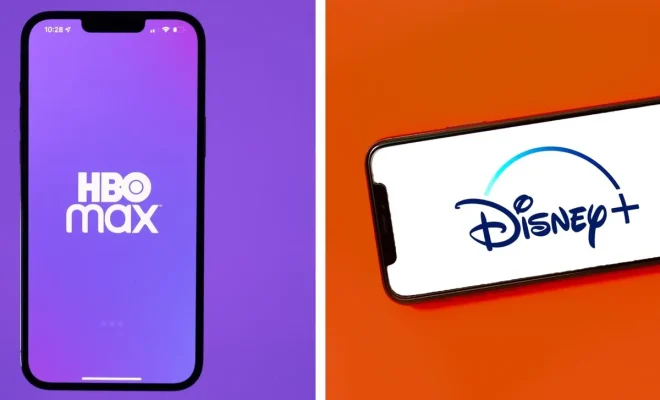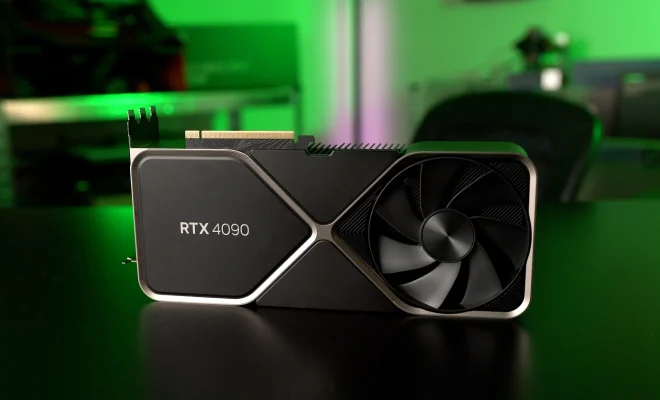Switch Cloud Streaming: How to Play Resident Evil Village, Plague Tale: Requiem and More

It has been a year since the release of Valve’s Steam Deck, and it is safe to say that the handheld gaming PC has come a long way in terms of improvement and user satisfaction. Enhancing gaming convenience by offering freedom from traditional gaming setups, Steam Deck has altered the gaming landscape for enthusiasts. Let us explore how the Steam Deck evolved over the past year, becoming a serious contender in the world of portable gaming devices.
The Launch and Initial Hurdles
Last year, Valve introduced Steam Deck, a portable handheld device designed for gamers who wanted to take their preferred games on-the-go. The device was met with excitement but also skepticism about its ability to accommodate demanding titles on such a compact platform. However, as users began receiving their units, many found that it exceeded expectations in terms of performance and capability.
Firmware Updates and Performance Boosts
Valve continued to work tirelessly on firmware updates throughout the year, addressing issues and enhancing various aspects of the Steam Deck. Significant improvements were seen in battery life optimization, increased compatibility with popular titles, streamlined UI navigation, and more efficient cooling systems.
Community Involvement and Third-party Support
The gaming community played an essential role in helping Steam Deck evolve and adapt. Feedback from users contributed to refining both software and hardware elements while third-party developers released games optimized explicitly for the handheld console. These collaborations significantly improved the overall gameplay experience on the device.
Expanded Game Library
One of the notable achievements over the past year was securing agreements with major game developers. Expanding its already commendable lineup, Steam Deck now boasts compatibility with thousands of titles from various genres across different platforms – all playable through its streamlined software interface.
SteamOS: A Polished Experience
Initially met with mixed reactions, Valve’s custom Linux-based operating system – SteamOS – continued to receive updates that finely tuned its performance and functionality. One noteworthy update was adding support for high-quality gaming using Proton, a compatibility layer designed to efficiently run Windows games on Linux systems.
In Conclusion
The first year of the Steam Deck has been pivotal in determining its success as a portable gaming solution. Rising to new heights and overcoming several hurdles, it now stands as an impressive piece of hardware that offers a high-quality gameplay experience at your fingertips. Looking forward, we can expect Valve to maintain these efforts and continue cementing the Steam Deck’s position as a premier portable gaming device.






